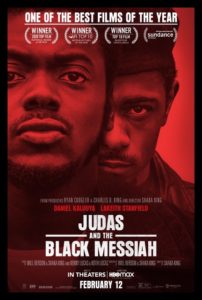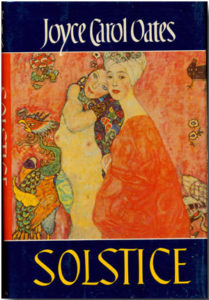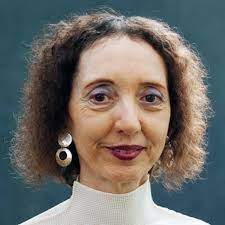
Judas and the Black Messiah (2021)
Starring Daniel Kaluuya and Lakeith Stanfield
I watched Judas and the Black Messiah last night. I wasn’t going to. Something about the title repelled me. I don’t know what I thought it was going to be. Historical fiction? The story of Jesus as a black man? Watching the trailer changed my mind. The film is about the final days in the short life of Fred Hampton, the chairman of the Illinois chapter of the Black Panthers during the time of FBI Director J. Edgar Hoover and Chicago Mayor Richard J. Daley.
The movie was good in many ways and very good in the most important way: It disturbed me and challenged some of my thoughts about police violence and racism. That was, of course, what it was meant to do. But I wasn’t an easy target. I could easily have dismissed it as weak, woke propaganda.
But some of the scenes of police brutality towards African-Americans reminded me of things I know from experience. That was the best thing about Judas and the Black Messiah. The next best thing was the acting. The two main actors – Daniel Kaluuya as Fred Hampton, and Lakeith Stanfield as Bill O’Neal, the Judas – were phenomenal. Oddly, so far at least, the awards have gone to Kaluuya. That I don’t agree with. They both had very challenging roles – complex personalities that had to evince wide ranges of sometimes contradictory behaviors in convincing ways. But Stanfield’s acting was every bit as good and his role was more demanding. When you see the film, you can judge for yourself.
The secondary actors were just as good. Standouts include Jessie Piemons as Roy Mitchell, Martin Sheen as J. Edgar Hoover, and Amari Cheatom as Rod Collins, leader of the Crowns, a fictionalized version of a Chicago gang.
And the movie had a plot with steady tension and well-paced forward momentum, quirky but effective editing, an experimental but successful sound track (Mark Isham), and lots of interesting historical tidbits power-packed with ironies to wonder about. (Just think: You are watching a movie about BLM whose timeframe took place 50 years ago.)
Overall, it was gripping, compelling, and moving. Possibly the best of the Oscar contenders.
You can watch the official trailer here
Critical Reviews
* “Led by sensational performances from Daniel Kaluuya… and Lakeith Stanfield… this is a scalding account of oppression and revolution, coercion and betrayal, rendered more shocking by the undiminished currency of its themes.” (Hollywood Reporter)
* “The powerful film puts the current moment into fresh historical context and suggests that ambivalence can be its own form of betrayal.” (Variety)
* “Brash, narratively risky, full of life and sneaky wit… and brimming with terrific actors.” (Chicago Tribune)
Interesting Facts
* The film has been nominated for more than 50 awards, and has so far won 32, including a Golden Globe, Critics’ Choice, Screen Actors Guild, and BAFTA for Daniel Kaluuya.
* Lakeith Stanfield was nominated for the Academy Award for Best Supporting Actor, alongside co-star Daniel Kaluuya. Both of the film’s primary actors appearing in the supporting category proved unexpected and confusing to the public and awards pundits. Kyle Buchanan of the NYT jokingly questioned: “If Stanfield and Kaluuya are both supporting actors, then who exactly is this movie supposed to be about?”


